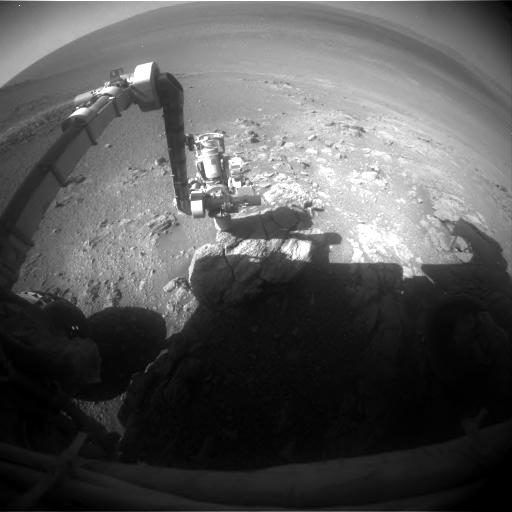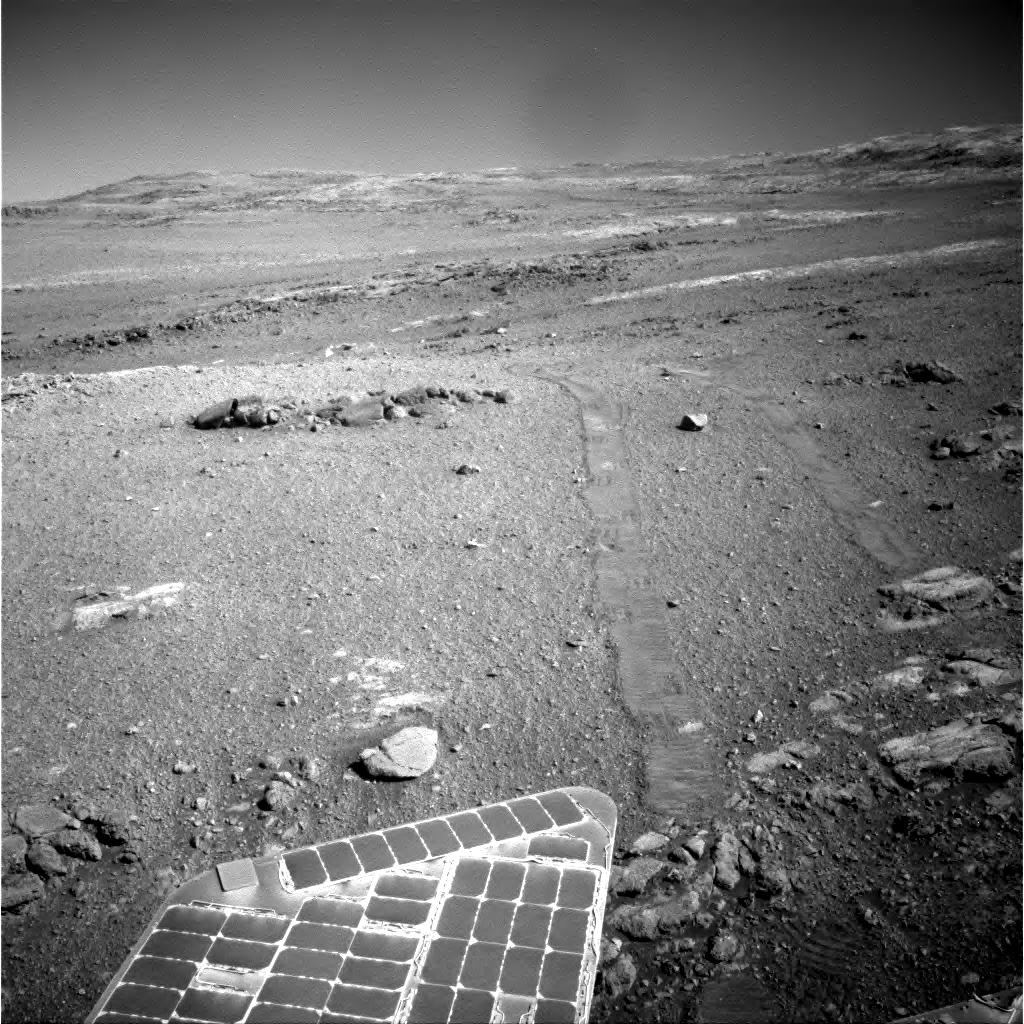
Opportunity Mars Rover Wheels Past 14 Years of Exploration

NASA's Opportunity Mars rover has now been exploring the Red Planet for more than 14 years.
The robot landed in Meridiani Planum on the night of Jan. 24, 2004 (PST). (It was Jan. 25 in the GMT time zone, but Opportunity's handlers work at NASA's Jet Propulsion Laboratory in Pasadena, California, so the rover's milestones are generally celebrated on California time.)
Originally intended to work for just 90 days on the Martian surface, the machine is still trekking, continuing its winter exploration of Perseverance Valley on the west rim of Endeavour Crater. [See Mars photos by Spirit and Opportunity]
Opportunity landed a few weeks after its twin, Spirit, which also far exceeded its warranty. Spirit last communicated with Earth in 2010 and was declared dead a year later.
Flight-software update
On Sol (Martian day) 4977 — Jan. 23, 2018 — Opportunity received its latest version of flight software. This was copied over the older fallback version in preparation for an update scheduled for later in the year.
On Sol 4970 (Jan. 16, 2018), wind cleaned the dust off Opportunity's solar arrays, a welcome event that happens often at this time of year. Researchers continue to use the rover's robotic arm, Alpha Particle X-Ray Spectrometer (APXS) and Microscopic Imager (MI), NASA officials said.
Opportunity has moved along the north fork of one flow channel in Perseverance Valley. The rover spent several sols taking some photos — stereo shots, color panoramas and targeted 13-filter imaging — and traveling to selected surface targets for closer investigation.
Get the Space.com Newsletter
Breaking space news, the latest updates on rocket launches, skywatching events and more!

Batteries: Signs of aging
Earlier in the month, ground controllers prepared and executed a test of the Zero Degree Heater (ZDH) on the rover's batteries.
"Opportunity's batteries have performed very well over the mission's lifetime but are showing some signs of aging. [The] Martian environment is quite cold, and it was suspected that warming the battery during the recharge process may make the battery … more effective and [make it] degrade slower," said a recent update posted by the mission team.
Opportunity had never used the ZDH before, so caution was warranted, the rover's handlers said.
"Since it has never been turned on in flight, we wanted to be very cautious before using it operationally, and so a testing campaign was formulated. The first, original test in this campaign was to turn it on briefly, manually (as opposed to thermostatically), and in a controlled and recoverable (in the case of a fault) setting," the update noted. "This test was executed in the morning of Sol 4964 (Jan. 10, 2018) and appears to have been successful."
Since touchdown on Mars, Opportunity's total journey now stands at over 28 miles (45 kilometers). No human vehicle has traveled farther on the surface of another world.
Leonard David is author of "Mars: Our Future on the Red Planet," published by National Geographic. The book is a companion to the National Geographic Channel series "Mars." A longtime writer for Space.com, David has been reporting on the space industry for more than five decades. Follow us @Spacedotcom, Facebook or Google+. This version of the story published on Space.com.
Join our Space Forums to keep talking space on the latest missions, night sky and more! And if you have a news tip, correction or comment, let us know at: community@space.com.

Leonard David is an award-winning space journalist who has been reporting on space activities for more than 50 years. Currently writing as Space.com's Space Insider Columnist among his other projects, Leonard has authored numerous books on space exploration, Mars missions and more, with his latest being "Moon Rush: The New Space Race" published in 2019 by National Geographic. He also wrote "Mars: Our Future on the Red Planet" released in 2016 by National Geographic. Leonard has served as a correspondent for SpaceNews, Scientific American and Aerospace America for the AIAA. He has received many awards, including the first Ordway Award for Sustained Excellence in Spaceflight History in 2015 at the AAS Wernher von Braun Memorial Symposium. You can find out Leonard's latest project at his website and on Twitter.









